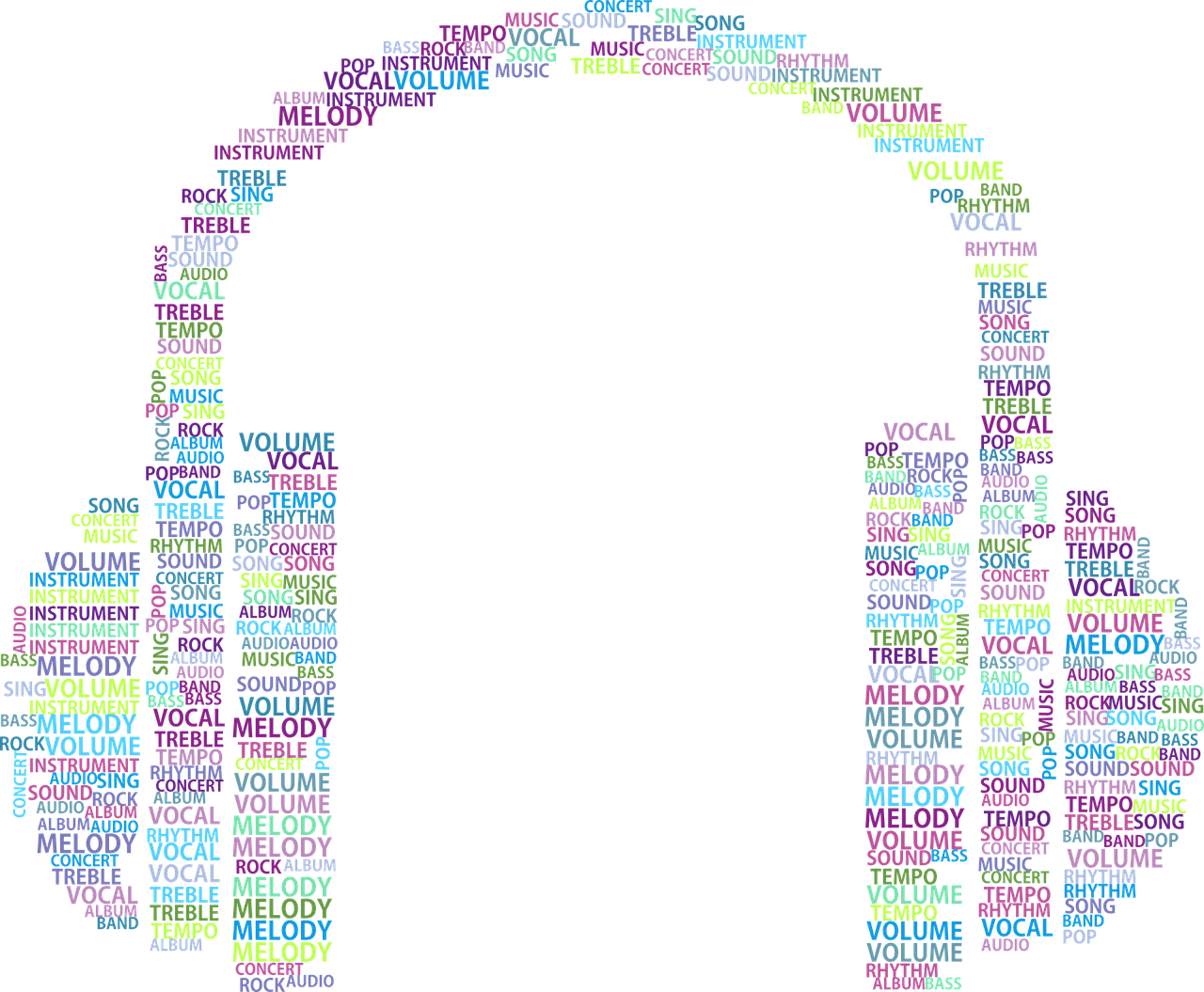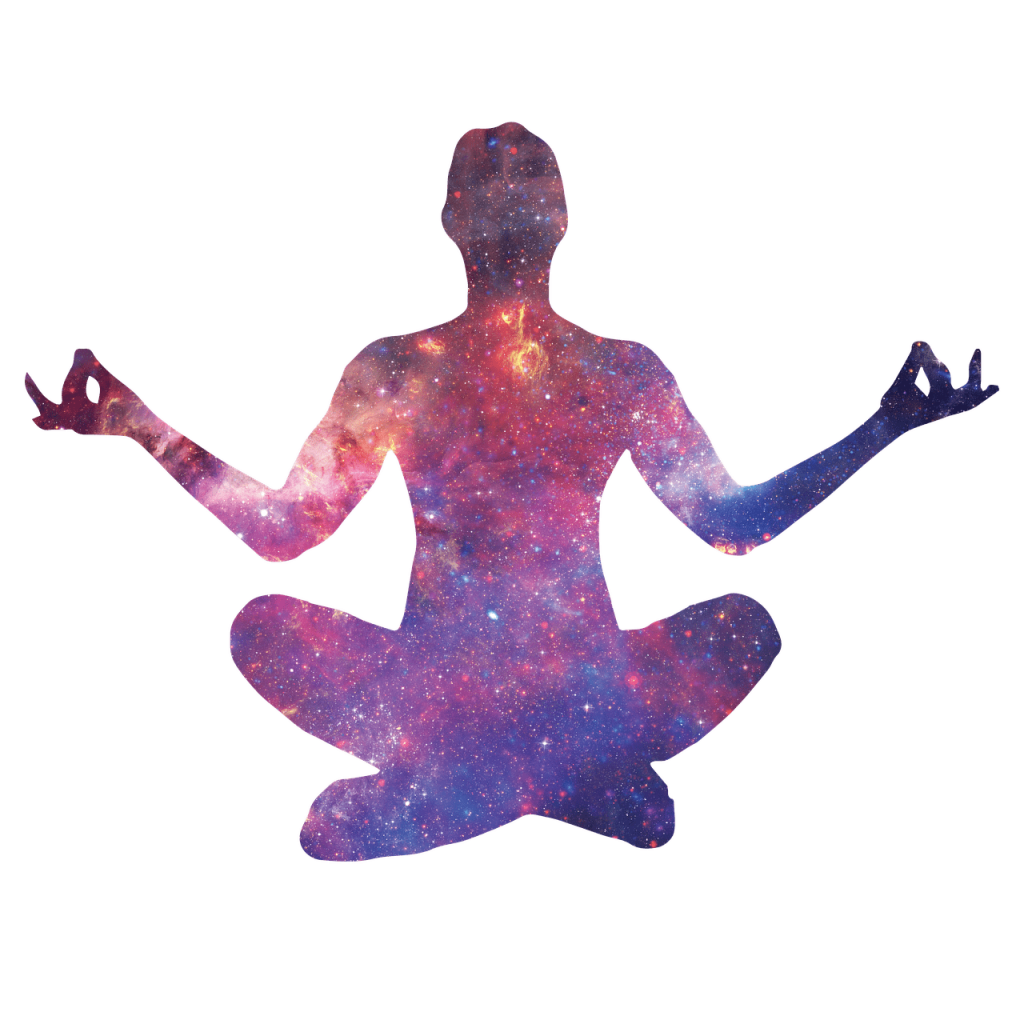What is the best Yoga music for relaxation and meditation?

Getting the best moment for oneself is something all should try once in a while. Yoga, as we all know, is the best part of human exercise which relieves the mind of much stress and sets one active for daily activities. It has long been considered a highly beneficial practice to boost both physical and mental well-being. With the primary purpose of building harmony, strength, and awareness in both the body and mind, this practice has seen a surge in popularity among adults and children.
WHAT IS YOGA MUSIC?
In short terms, yoga music is music developed to boost and facilitate our experience of a yoga practice. It can be instrumental like crystal singing bowls or gong, whose vibrations get deep into our physical bodies and works on hidden parts of us. A person could practice yoga to the sounds of Jay-Z, Rick Ross, or Eminem, but come to think of it, what is the primary intent of the song; these songs haven’t been created to affect the person on a spiritual level.
Yoga music carries with it the primary purpose of the artist, which is to support the physical, emotional, and spiritual push that yoga can provide. For some yogis, the sounds of Jai Uttal or Krishna Das sets an appropriate atmosphere for asana practice. It’s all about preferences because to other yogis, artists like Snat Kaur or Gurunam Singh might produce the best tempos of lengths of time to cover specific meditations.Also check iheart RADIO.
MAJOR BENEFITS OF YOGA MUSIC
For yogis who’s been deep into an asana to the strains of an Indian flute, it might be surprising to know that effective classical yoga is done without any soundtrack. Most traditional yogis still feel this way, with the idea of yoga being a pathway to greater enlightenment; one needs to listen to the inner voice and not external influences. As time went by and the practice developed, most persons became uneased to complete silence. They had a significant difficulty of giving all and embracing such an intimate focus.
Soft instrumental music laid a basis for the introduction of yoga to the western world; old practices involving sound exists. Let’s take Shakti Yoga, for instance, a technique that uses chants and also elements of Tantra Yoga to boost the Chakras and soften the senses for high consciousness.
Significant benefits of yoga music include creating a basis to help clear the mind of thought, higher balance, concentration, and the ability to relax fully. It also revives the listener and allows them to progress from one state to another, as well as to attain a particular form of mind when specific tones or waves are in use.
In our world today, there’s been a great connection between yoga and music; some countries even organize music festivals offering yoga experiences.

YOGA MUSIC VS OTHER MUSIC- what’s the difference?
Most widely accepted yoga music looks pretty similar to any other music you might hear on the radio. In yoga music, you’ll find drums, harmonics, guitars, and many other similar instruments. You might even come across devices that you won’t recognize, like the esraj or bansuri. Come to think of it, what makes yoga music different from other music? Isn’t it just a mix of sounds also? What sets the distinction here is the use of Mantras from the Sanskrit and Gurbani traditions with a little or even no lyrics in our native languages than other musical formats. Some of these Mantras are thought to be thousands of years old.
WHY ARE MANTRAS USED FOR YOGA MUSIC?
Also referred to as ‘Naad’ or ‘Sacred sound current,’ Mantras are combinations of sounds and words which yogis believe to contain incredible energy and power that is inherent. It can connect the soul to the universe and the divine.
To chant the ‘Har’ alone sets one into contact with the creative potential of God. To chant the ‘Ong Nani Guru Dev Namo’ connects one to the divine wisdom inherent in all persons.
In addition, chanting a mantra that has been said by generations of people back in ages is an excellent way of connecting oneself to those who have gone before us. Psychologically, mantras are also a powerful tool since the words are entirely different from a person’s native language.
For a native English person, the word ‘love’ indeed comes with many commitments and attachments. Still, when a person chants ‘Aham Prema,’ which translates to be ‘I am divine love,’ the morale and energy from the lyrics penetrate the mind and hits the heart in an entirely different way.
HOW YOGA MUSIC AFFECTS YOUR MIND STATE DURING YOUR YOGA CLASS
Can you remember that moment when your mind resonates with a house beat; the feeling of breath and body at a perfect pace with a teacher’s take-a-vinyasa cue; inhale, Urdhva Mukha, exhale, Argo Mukha Svanasana.
You suddenly get into the groove, flowing in tone, lost in space, body movements like an instrument in rhythm with a metronome’s tempo. What’s so special about that well-selected playlist which aligned to the tempo and atmosphere of your practice? The simple answer here is not so much about the music but the union of mind, breath, body, and beat.
Today, yoga practice comes with different benefits, from a boost in strength and flexibility to greater body awareness and circulation. While not all yoga teachers use music, there’s no doubt that there’s so much power in an influential playlist.
The practice of yoga is intended to lead the practitioner into a meditative state. This state is described as an active engagement in a physical and mental activity where the sense of self, loss of time, or external awareness is experienced.
Music being thought of like a meditation works with yoga to train the brain to reach its meditation state and remain there and leads us towards greater fulfillment.
IN CONCLUSION
Practicing yoga and listening to a well-curated playlist are activities that, despite their origins, are similar. They both pass and speak the message of love. Music is as old as the evolution of humanity, and just like yoga, it has its physiological benefits.
Ensure you get a playlist that will enhance your brain functioning, leading to greater fulfillment and not one which only disturbs the whole mind and house.
Check the 10 Tips To Help Your Daily Yoga Practice









